With innovations in biosensors, Internet of Things, and machine learning, a collective effort could offer a way to overcome an impending shortage.
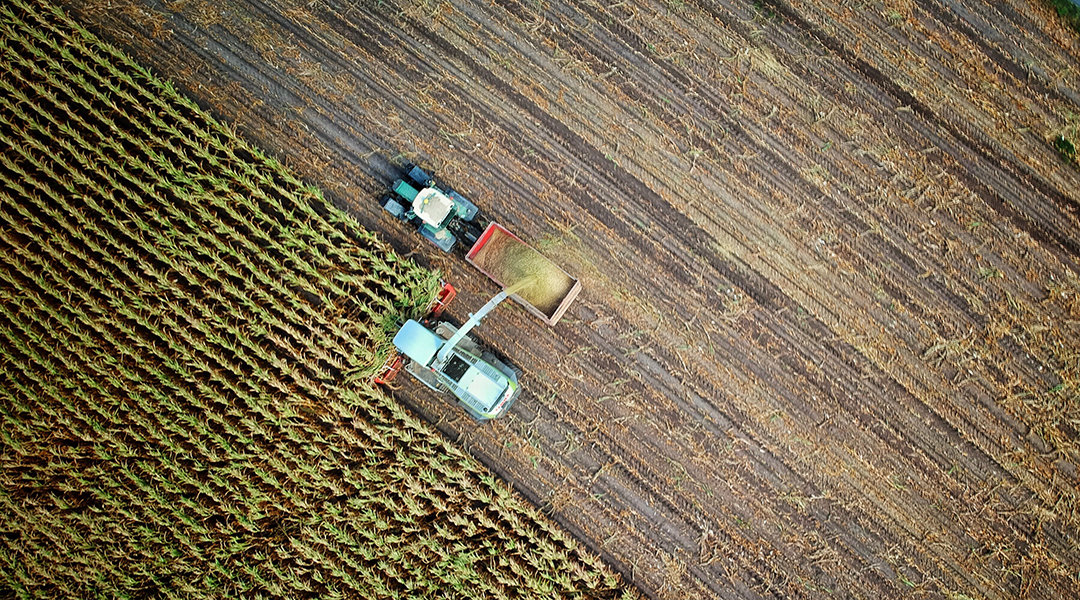

With innovations in biosensors, Internet of Things, and machine learning, a collective effort could offer a way to overcome an impending shortage.

A new fire-warning technology integrated into children’s clothing can be linked up to a mobile device for early detection and proactive safety measures.
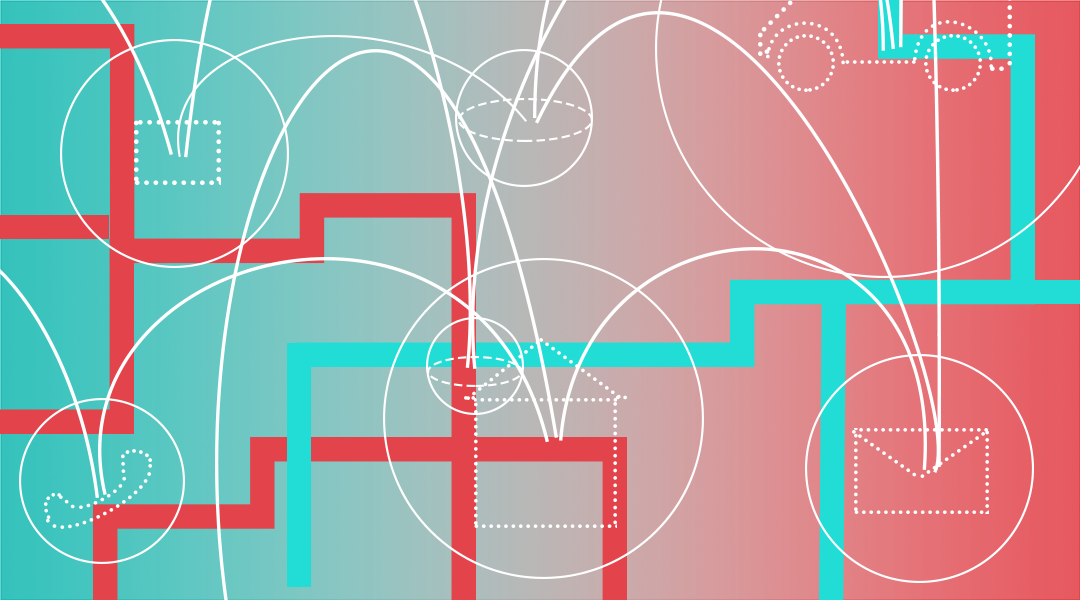
The idea of connecting all physical things together: let’s delve into how the Internet of Things is changing the world.
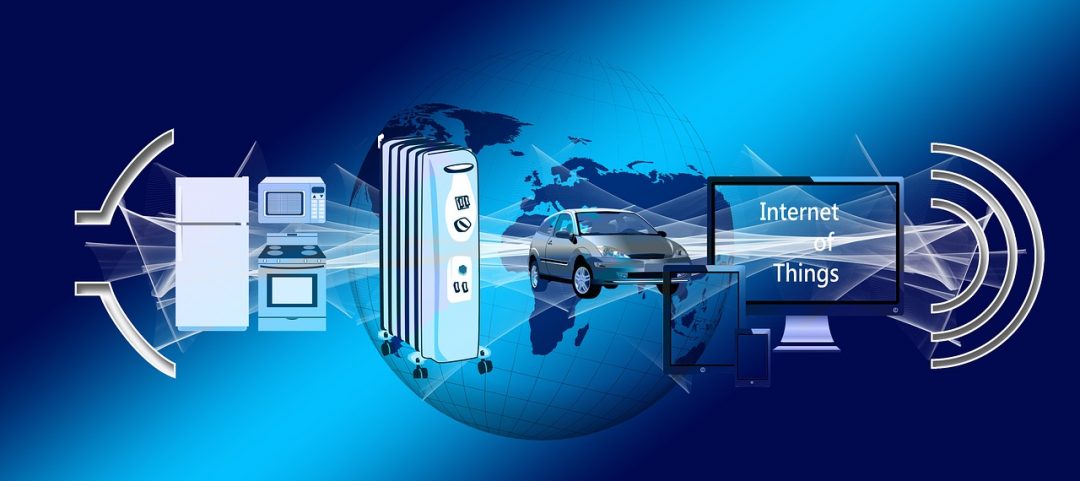
The Internet of Things is the result of the convergence of sensing, computing, and networking technologies, allowing devices of varying sizes and computational capabilities (things) to intercommunicate.

LiFi is a novel two-way, high-speed wireless technology similar to WiFi but uses light waves instead of radio waves to transmit data.
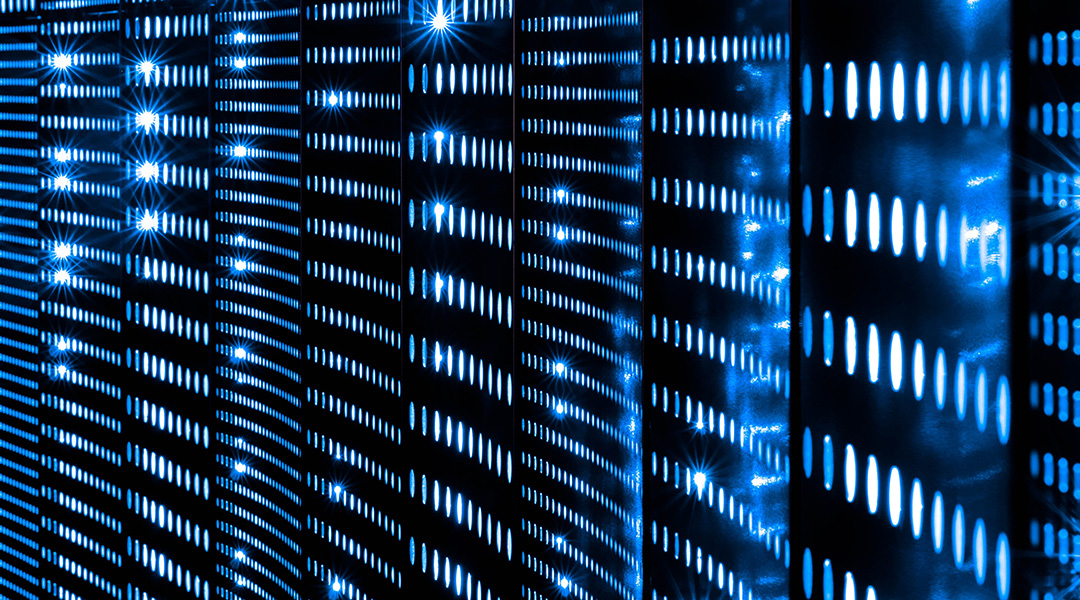
The power demands of the Internet of Things could be combated with computing systems that mimic biological neurons.
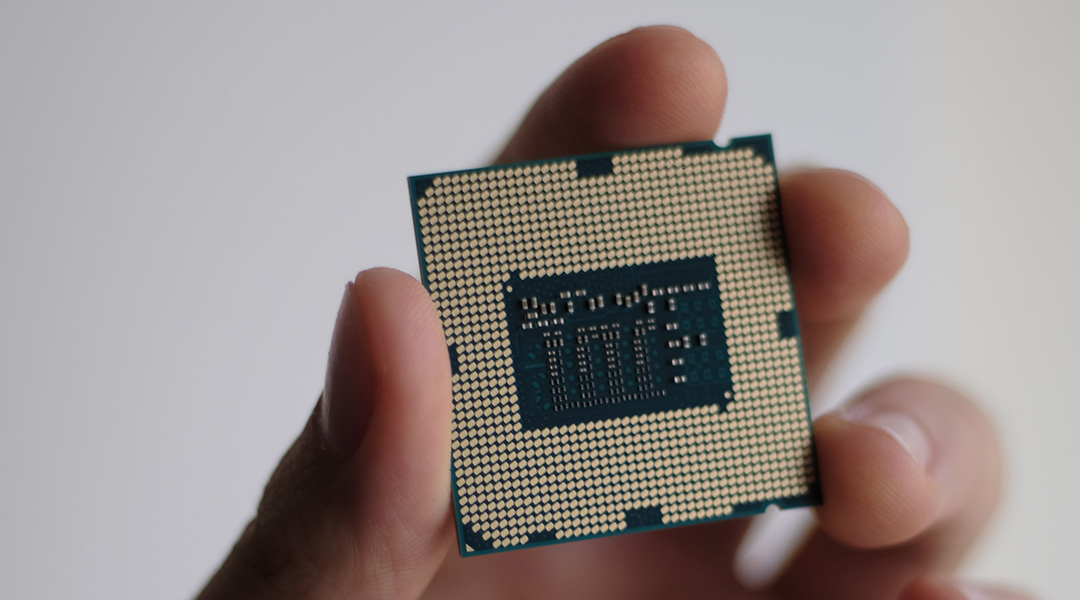
Using tiny batteries, researchers hope to power ever-smaller computers and advance the Internet of Things and ubiquitous computing.
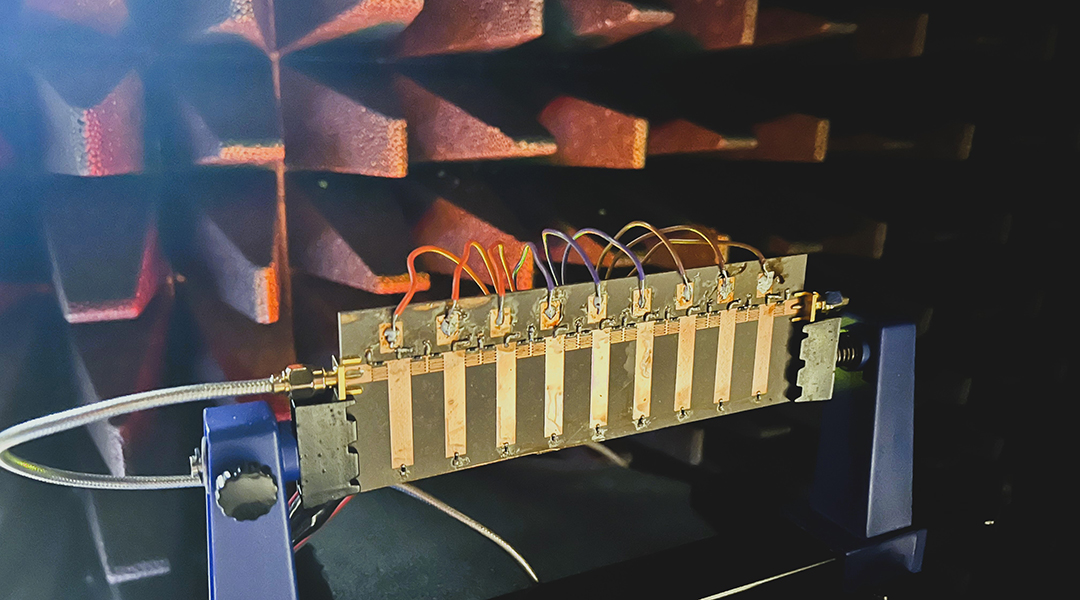
A cutting-edge security system for IoT devices uses physical layer security to make personal data significantly more difficult to hack.
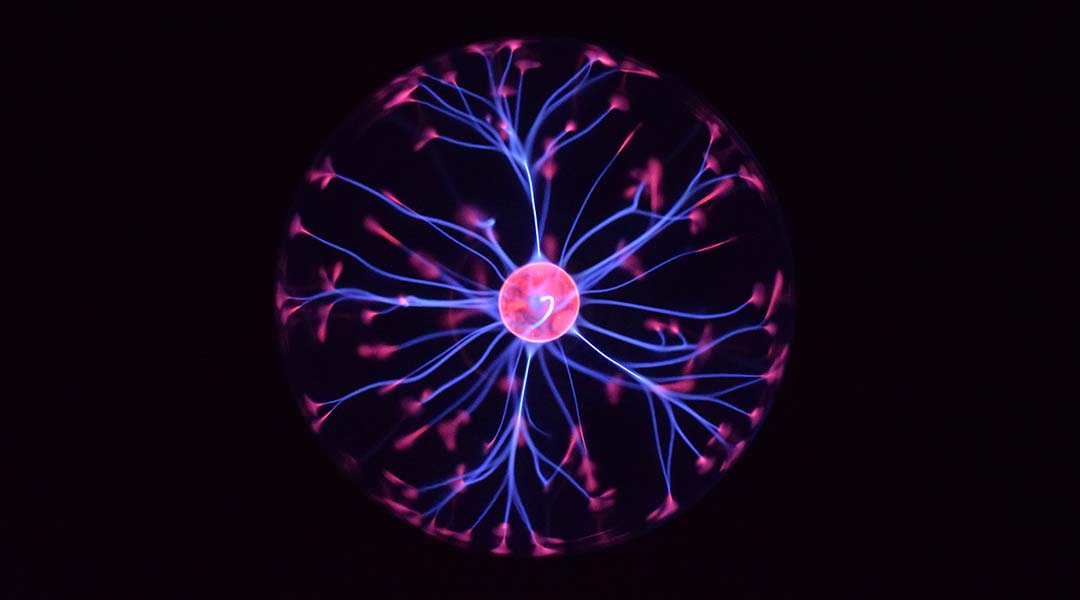
To make computers faster and more efficient, scientists are using the brain as a model in this blossoming area of computer science.

A device brings memory and processing together, helping minimizing errors and avoiding increasing energy demands due to huge amounts of data.